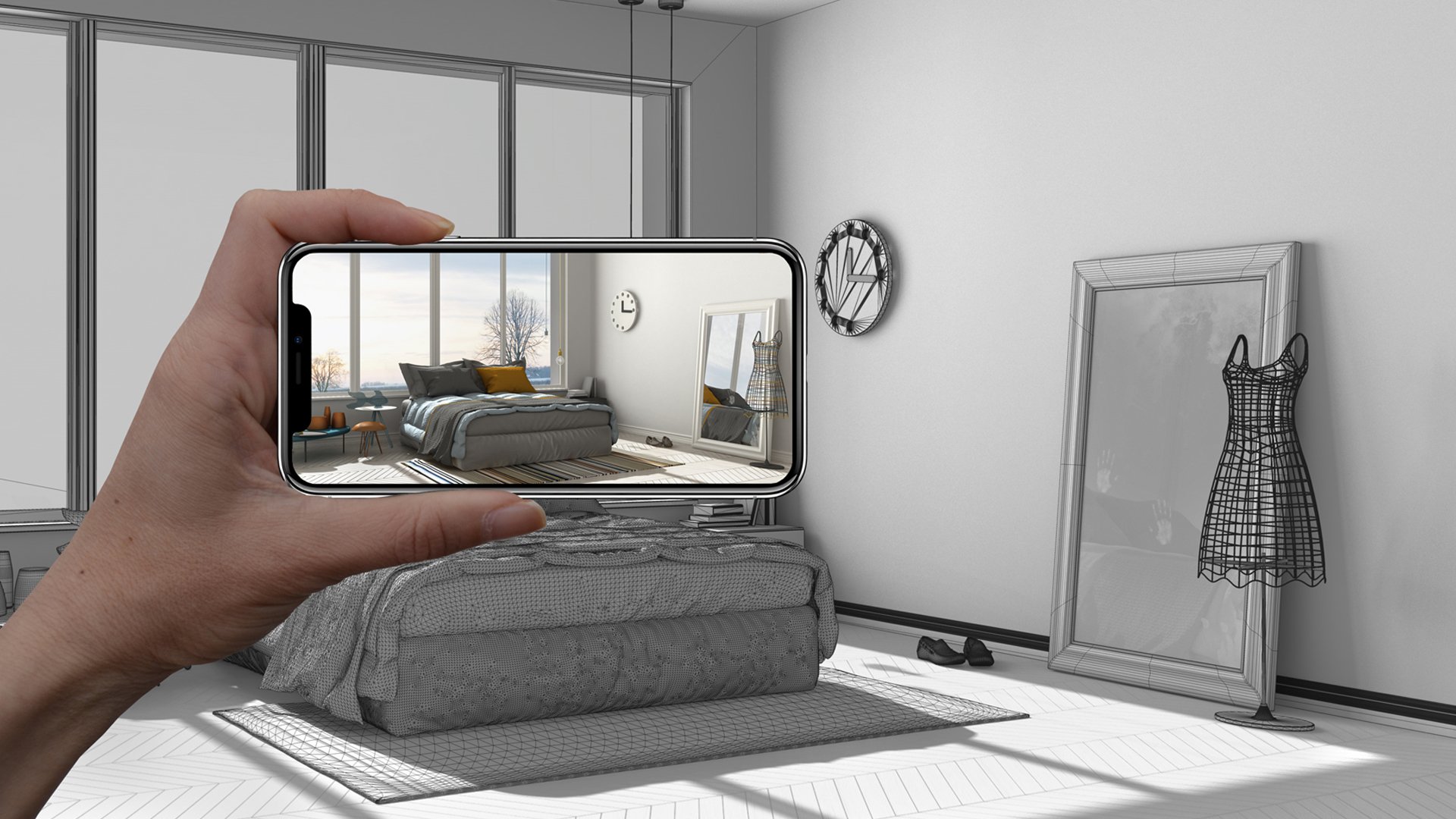Product visualization for e-commerce is a powerful way for product marketers and e-tailers to gain profit from online sales. Now that the e-business is growing faster than ever, it’s especially relevant to represent products with a fresh look. That’s why product rendering is a great solution for expanding clientele and outperforming competitors in the niche.
As a professional 3D visualization company, we know how to outline products with immersive visuals and impress clients at first glance while bringing new sales. Wonder how it’s even possible? Then read on to learn what is product visualization and the 5 top ways to increase online sales with 3D.
#1. Shows Product Design Variations from All Views

In today’s era, consumers have become exceedingly discerning when making online purchases. This heightened selectivity should come as no surprise, as it reflects their inherent desire for complete confidence in their buying decisions. Many potential buyers exit e-commerce websites without making a purchase due to the limitations of traditional product photography, which often fails to provide a comprehensive view of a product’s features or allow for a thorough examination from every angle. Typically, all a prospective customer can discern are a few color options and material variations for the same item.
CGI solutions allow to break these boundaries and offer something extremely enticing to the most skeptical customers. With product visualization for e-commerce, marketers can present a 360-degree product view on their sales page to grow the clients’ volume. The secret behind this technology is that it establishes an emotional connection with potential buyers and therefore increases their trust in the product, and in the brand. With such a view, customers can spin and rotate the product in different directions which allows checking product design in detail.
Moreover, to intensify the visual impact, marketers and manufacturers can provide customers with color and material variations of the same product for a more personalized shopping experience. As a result, 3D products increase sales, enhance customer relationships, and strengthen decision-making ability.
#2. Brings Products to Life through Augmented Reality
AR technology is quickly winning hearts in visual commerce for manufacturers. Thanks to its ability to merge CG products into the real-life environment, there’s practically no need for customers to leave their homes and go to a physical store. Such global companies as IKEA are already taking great benefits from using augmented reality to increase sales. Using this type of product visualization for e-commerce, manufacturers and marketers increase the chance to enhance their revenues.
The only thing required to showcase the items in all their beauty is a smartphone application with an AR view. There, customers can choose a preferred 3D model of a product from a large database and place the chosen model in any location by moving it with a simple swipe of a finger. One can also change product parameters by zooming in and out in case this or that model doesn’t fit. By rotating and spinning digital models, clients take full control of how exactly the merchandise will look in the desired setting. This way, AR grants a new online shopping experience while also enabling e-commerce companies to improve their business strategy, reduce return rate, and enhance sales.
#3. Demonstrates the Technicalities of the Product

It is becoming harder and harder to convince shoppers of the top product quality. Simply showing the visual properties of this or that item is no longer enough for demanding consumers. What interests them more is the qualities that make goods highly functional and long-lasting. That’s why it’s important to reveal the inner structure and filling of a product in an e-store to prevent potential customer concerns.
Owing to product visualization for e-commerce, it’s more than possible to highlight each and every structural element of merchandise without significant effort. In comparison to simple photography, CG images can display an item cut in half, so that customers can compare both the outer look of a piece and the inner one. This way, they can evaluate the real item’s worth and make the right buying decision.
Apart from being a good investment into your future business, 3D visuals are more cost-saving than photo shoots in rented studios and take far less time to complete. All you need is to contact a product visualization studio, provide them with a prototype for a 3D model, and get ready images in a couple of days.
#4. Impresses Customers with State-of-the-Art Product Catalogs

Catalogs serve as the calling cards of retail enterprises, leaving a significant impact on their intended audience. As customers peruse the array of offerings they showcase, they can determine whether to proceed with purchasing the products or not. Accordingly, product CGI for e-commerce furniture businesses is the first thing shoppers will pay attention to.
In today’s marketing landscape, most marketers and manufacturers opt for lifestyle images because they depict a product within a vibrant living environment, complete with decor and captivating interior elements. However, silo imagery remains common too. There’s nothing more straightforward than a plain white background that faithfully portrays the product in its true form. Nevertheless, what has historically made these displays challenging is the necessity of hiring photographers, securing studio rentals, and meticulously configuring the lighting—all in pursuit of capturing a beautiful image from the most ideal perspective.
This is where 3D product visualization steps in. Harnessing the capabilities of CGI, e-commerce brands can confidently avoid any additional expenses that might burden their marketing budgets. This is because 3D models of products are crafted digitally, making it a far more cost-effective alternative to traditional physical photoshoots. Consequently, this approach can result in increased catalog views and heightened online sales, mirroring the success of IKEA’s catalogs, which already boast over 75% of computer-generated images.
#5. Engages the Audience with Immersive 3D Animation
Another way to tune up the selling potential of your merchandise is to create animated e-commerce product videos that feature the products in motion. This form of interactivity will surely astonish customers with interactive visual storytelling.
For example, one product model can be displayed from all possible angles to showcase most features and characteristics. This type of product visualization for e-commerce not only presents items perfectly but also engages users to spend more time on a website watching product videos.
In a quest to find new ways of representing goods, product visualization for e-commerce is a technology worth considering. Not only does it save the day in terms of online sales, but it also allows e-businesses to increase revenues and bash the intense competition swirling in the market. Jaw-dropping static images, interactive 360 view, and even mesmerizing photorealistic 3D animations — each of these types of product visualization will urge your clients to click the “sell” button.
Want to get immersive marketing visuals for your own product? Use CGIFURNITURE 3D visualization services and turn your e-commerce website’s design into a piece of art in no time.




Leave a Reply
Want to join the discussion?Feel free to contribute!